7 Mistakes to Avoid When Buying a Used Car
By Tom Catuosco
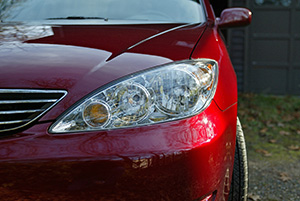 Buying a car is a major decision for most people. Aside from their home, a car is the second costliest thing most people purchase. Even if you’re buying a used car, you’ll still be spending a substantial amount of money. When buying a car, especially a used one, there are some major mistakes people often make that cost them lots of time and money. Here are 7 common mistakes to avoid when buying a used car.
Buying a car is a major decision for most people. Aside from their home, a car is the second costliest thing most people purchase. Even if you’re buying a used car, you’ll still be spending a substantial amount of money. When buying a car, especially a used one, there are some major mistakes people often make that cost them lots of time and money. Here are 7 common mistakes to avoid when buying a used car.
Not Researching - The very first thing you should do when you’re looking to buy a used car is figure out what type or specific make/model you want. Do you need an SUV to haul groceries and bicycles? A fuel efficient compact to keep gas costs down on a long commute? Something dependable because you often travel to the middle of nowhere and you don’t want to break down? These are important things to decide before you buy a used car. You can buy a car on the spur of the moment only to find out later on that the model has a reputation for catastrophic engine bearing failures, or it gets poor gas milage, or the cargo area isn’t quite big enough to be useful to haul big items around.
Do the research online. Pretty much any question you may have about price, fuel economy, reliability, cargo capacity, options, performance, etc..for almost any make & model car ever made is available if you search online. Doing the research will ensure you start looking for the right car to fit your lifestyle.
Buying the First Car You Look At - There are tons of used cars for sale all over the place. So many choices are available, that there is no need to make the mistake of buying the very first car you look at. You should at least check out a few to compare them. Even if the first car you check out seems really nice, you may be passing up an even nicer car or better deal by cutting your search short.
Some people jump on the first used car they check out because they’re worried about a seemingly great car getting away. Don’t worry about it. If you’re searching, for example, for a used Honda Accord, they’ve made about a zillion of them. Chances of the first one you looked at being the very best one you’ll ever find and not finding one like it again are pretty slim. Even if you’re looking for something a little more rare, or in a very specific color or with very specific options, it’s still best to check out more than one car to get a good idea of what’s available.
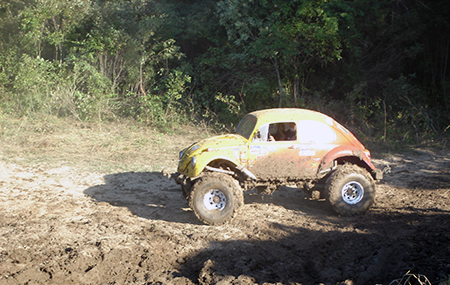
Skipping the Test Drive - Test driving a used car may seem like a no-brainer, but many people will purchase a used car without test driving it at all. Test driving a car is essential to finding out whether or not you will like the way the car rides, how it handles, if it has sufficient power, or if there are any strange noises that may indicate a problem. Buying a car - especially a used car - without test driving it is foolish.
Almost as bad as not test driving at all, is taking the car for a test drive that is too short and doesn’t mimic the conditions in which you’ll be driving the car normally. Some private sellers or dealers may only want you to test drive the car for a few minutes around the neighborhood. If you plan on buying the car for your 100 mile round trip daily commute on the interstate, cruising around some side streets for a few minutes at 30 mph won’t be a good test of whether or not the car suits your needs. Make sure you take the car for a long test drive on the types of roads you plan on driving regularly. Taking the car for a long test drive will also allow the car’s engine and fluids get up to proper operating temperature, allowing you to notice problems that might not manifest themselves until the car is fully warmed up.
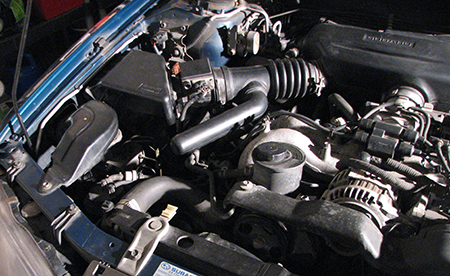
Not Getting a PPI - A PPI, or Pre-Purchase Inspection, is a thorough inspection done by a qualified mechanic or auto technician prior to buying a car to make sure there are no mechanical or cosmetic problems with the car that have been overlooked by the buyer or not disclosed by the seller. Some used cars, such as “certified pre-owned” cars at major dealerships may come with a good warranty negating the need for a PPI. However, if you’re buying a used car from a private seller, an independent used car dealer, or purchasing a car from out of state and can’t travel to see it in person, a PPI is a must for your protection. Your final agreement to purchase a used car should be contingent on it passing a PPI.
A PPI is usually paid for by the used car buyer and the cost can vary depending on the thoroughness of the inspection. A typical PPI from a decent mechanic will run a couple hundred dollars. While that may seem like a lot of money to spend inspecting a car if you don’t wind up buying it, it’s money well spent if it saves you thousands in repair bills by avoiding the purchase of a lemon. The PPI should be performed by a mechanic of your choosing, and not one chosen by the seller. This ensures that the inspection will be performed fairly and protect your interests. Most sellers with nothing to hide will agree to drop the car off at the mechanic’s shop for a couple hours to be inspected.
Basic PPIs on a used car involve visually inspecting for leaks and broken or worn components under the car and in the engine bay. Inside the car, items such as power windows, turn signals and other items and accessories are checked. The mechanic will also test drive the car to check that it drives properly and there are no unusual noises or behaviors. More thorough PPIs are often performed on complex luxury or performance cars. These more involved PPIs are a much costlier and may involve engine compression tests, leakdown tests, and advanced computer diagnostics. When the PPI is complete, the mechanic will provide a detailed, written report of any issues found with the car. If the issues are relatively minor, the PPI report is a great tool to negotiate a better deal with the seller. If the issues are major, the PPI is your warning not to buy the car.

Falling in Love with the Car - When you’re looking at a used car, try not to fall in love with it. Becoming emotionally attached to the car will prevent you from viewing it objectively and noticing problems. You’ll also be less likely to negotiate on the price because you just HAVE to have the car. Cars are cool, and it can be hard not to get attached to a nice one, but try not to.
Most importantly on this point: Whatever you do, even if you do fall in love with a car and know it’s the one you really want, do not let the seller know. If you present a dry, detached manner when looking at the car and the seller thinks you’re willing to walk away at any second, they’ll be more willing to negotiate. If they know how much you love the car, you’ll lose any edge you may have had in trying to get a good deal because they know you want it so bad.
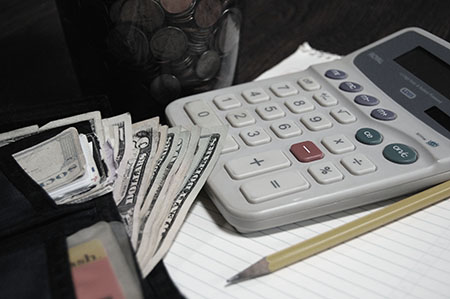
Thinking Monthly Instead of Total Price - If you’re buying a used car from a private seller, chances are you are buying outright in one payment. If you’re buying from a dealership, you may be planning to finance the car. With financing, it’s best to arrange an auto loan with good terms from an outside institution, like a bank, before you car shop. Many used car dealerships do offer financing at the time of purchase. If you plan on going that route, make sure you focus on the final, total amount of money you’ll pay instead of just the monthly payments.
Some dealers will try to get you focused on the monthly payment schedule they’re offering in order to inflate the total price of the car. You may be buying a car that would be priced fairly at $12,000. If the dealer talks you into financing it with monthly payments of $312 for 4 years without talking total price, it may sound good to you, buy you’ll wind up paying $15,000 for the car. Keep your eye on the ball and figure out the total price you’ll be paying for the used car.
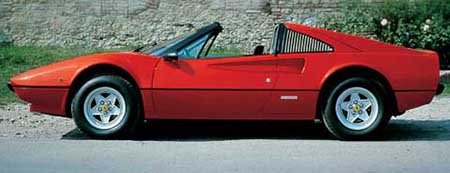
Not Weighing All Expenses - Being able to afford the cost of a used car itself is one thing, but you also need to consider the cost of insurance, gas, and maintenance over the time period you expect to keep the car. Make sure that you can not only afford to buy the car, but actually afford the reality of OWNING the car. You might be able to by a 1980’s Ferrari 308 for the price of a modern SUV and live out your Magnum P.I. fantasies, but can you afford $600 to replace brake pads or $5000 for a major belt service every few years? Keep all potential costs in mind when buying a used car.
Avoiding the used car buying mistakes above will help make the process of buying and owning a used car painless as possible. If you’re looking for a used car right now, you can check out used cars for sale HERE.